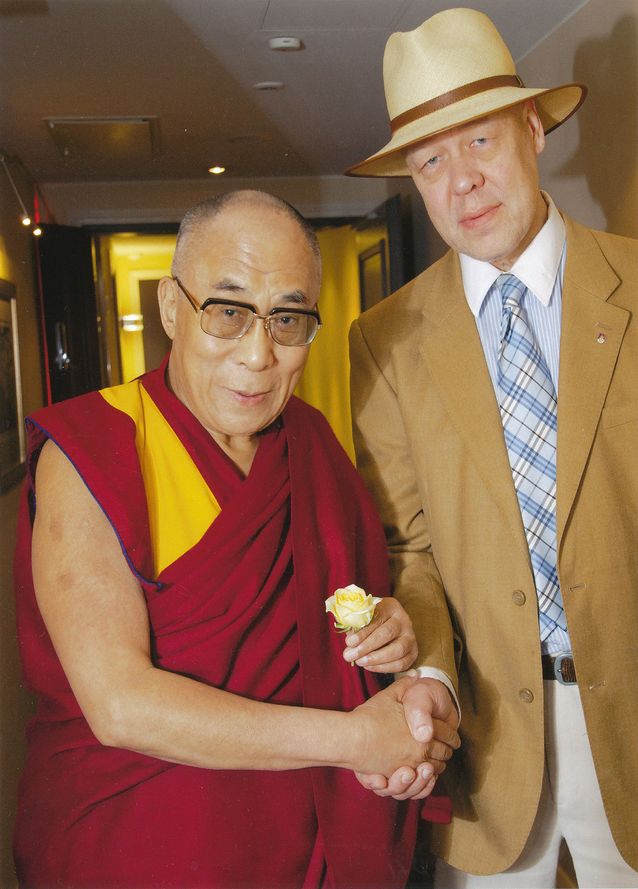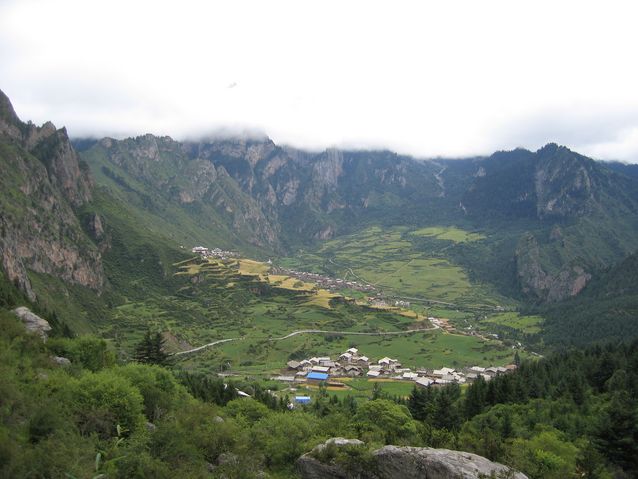Juha Janhunen
Juha Antero Janhunen
Born February 12, 1952, Pori
Master of Arts 1976, PhD 1986 (Finno-Ugrian studies), University of Helsinki
Docent in North Asian Studies 1986–94, University of Helsinki
Professor of East Asian Languages and Cultures 1994–, University of Helsinki
Honorary professor at the Inner Mongolia University 1998–
Docent in ethnohistory 2011–, Åbo Akademi University
Research themes:
Comparative linguistics, ethnohistory, field linguistics, endangered languages and their revival
Research projects and working groups:
HALS (Helsinki Area and Language Studies)
Manuscripta Castreaniana (M. A. Castrén’s manuscripts)
Corpus Scriptorum Chitanorum (Khitan language and writing)
UNESCO Atlas of the World’s Languages in Danger
ElCat (Endangered Languages Catalogue)
Revitalisation of the Nivkh language on the Amur and on Sakhalin
Publications, research projects and other academic activity
Awards:
Professor E.J. Nyström prize (Finnish Society of Sciences and Letters)
Tuhat Award for high-level publications and exemplary use of the system (University of Helsinki) 2015
Membership of scholarly societies:
Royal Asiatic Society 1986
Finnish Society of Sciences and Letters 2003
Academia Europaea 2008
Hungarian Academy of Sciences (Magyar Tudományos Akadémia) 2013
International Eurasian Academy of Sciences 2015
Photo: Hungarian Academy of Sciences
Written by Juha Janhunen (Kaija Hartikainen, ed.)
Translated by Matthew Billington


